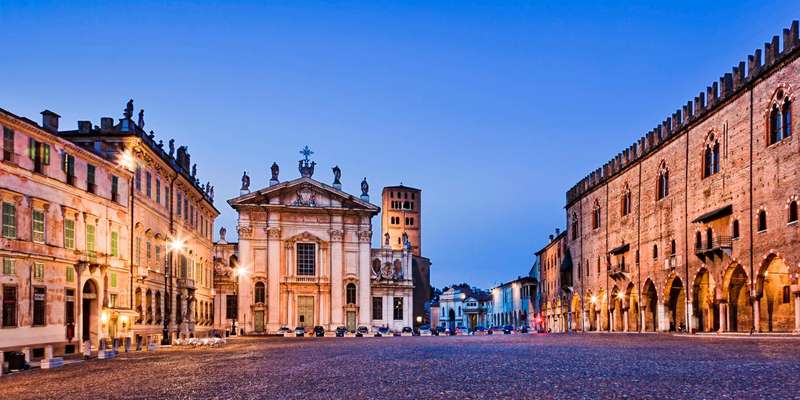- Home
- Useful Tips
- Visiting Mantua with limited...
Exploring Mantua's Renaissance treasures can feel daunting for travelers with limited mobility. Uneven cobblestones, stepped entrances to historic sites, and lack of clear accessibility information create real barriers - 72% of disabled travelers report abandoning activities due to poor access. The emotional toll compounds when guidebooks highlight must-see attractions without addressing practical visitation concerns. This leaves many wondering if experiencing Mantua's UNESCO-listed palaces and lakeside charm is even possible. Local realities contradict first impressions: while challenges exist, strategic planning using insider knowledge unlocks the city's wonders. From tactile paths at Palazzo Te to elevator-equipped medieval towers, solutions hide in plain sight for those who know where to look.


Navigating Mantua's cobblestones: alternative routes only locals know
Mantua's picturesque historic center presents mobility challenges with its weathered cobblestone streets, but savvy travelers use hidden smooth pathways. The main thoroughfare Via Roma appears daunting, but parallel Via Giuseppe Piermarini offers a flatter, less crowded alternative with the same shop access. For reaching Piazza Sordello, take the northern approach along Via Accademia - its gradual incline avoids the abrupt steps near the cathedral. Local shopkeepers maintain cleared winter paths that double as year-round smooth corridors; look for the subtle ramp cutouts near antique stores on Via Pescheria. The lakeside promenade from Piazza Marconi to Rotonda di San Lorenzo features recently repaved sections wide enough for wheelchairs, offering stunning water views without the uneven surfaces of central alleys.
Palazzo Ducale made accessible: booking the hidden elevator
Mantua's sprawling Ducal Palace seems impossible for wheelchair users with its multiple levels and historic staircases, but a discreet accessibility program exists. The palace's modern wing houses an elevator reaching key areas including the Camera degli Sposi with Mantegna's famous frescoes. Visitors must request access 48 hours in advance through the museum's dedicated mobility email - a step most tour operators overlook. Once inside, tactile guides available at the welcome desk describe fresco textures for visually impaired guests. The route bypasses three narrow staircases via a staff-operated platform lift to access the castle section. Palace guards know alternative flat paths through the gardens to reach the Santa Barbara chapel without tackling the main entrance steps.
Where to rest: mobility-friendly cafes with adapted facilities
Finding accessible rest spots transforms a day of sightseeing in Mantua. Caffè delle Erbe on Piazza delle Erbe removed interior steps and offers wheelchair-height tables with lake views - their back entrance on Via Broletto has a ramped access. For longer breaks, Osteria dell'Oca provides spacious seating and an accessible restroom just 200 meters from Palazzo Te. The public gardens near Palazzo San Sebastiano feature numerous benches with armrests for easier sitting/standing, plus smooth paved loops under shaded trees. Locals recommend mid-morning visits to historic cafes when crowds thin, making navigation easier. Unexpected gems include the cloister of Sant'Andrea Basilica, where a restored medieval ramp system creates gentle access to quiet seating areas away from the bustle.
Beyond the center: accessible day trips by adapted transport
Mantua's countryside holds surprises for mobility-limited travelers willing to venture beyond the historic center. The Parco del Mincio offers three fully accessible nature trails with floating boardwalks through wetlands - reachable via the #6 bus equipped with wheelchair lifts from Mantua's train station. For wine lovers, Tenuta Gambaredolo vineyard modified their tasting room with roll-under counters and reserved parking. The most seamless option involves booking the local cooperative's adapted van service, which includes drivers trained in assistance techniques. Their routes cover Sabbioneta's flat Renaissance streets and the wheelchair-friendly sections of San Benedetto Po Abbey, where tactile models explain the architecture. Even boat tours on the Mincio River accommodate wheelchairs via stabilized boarding ramps at Porto Catena dock.



